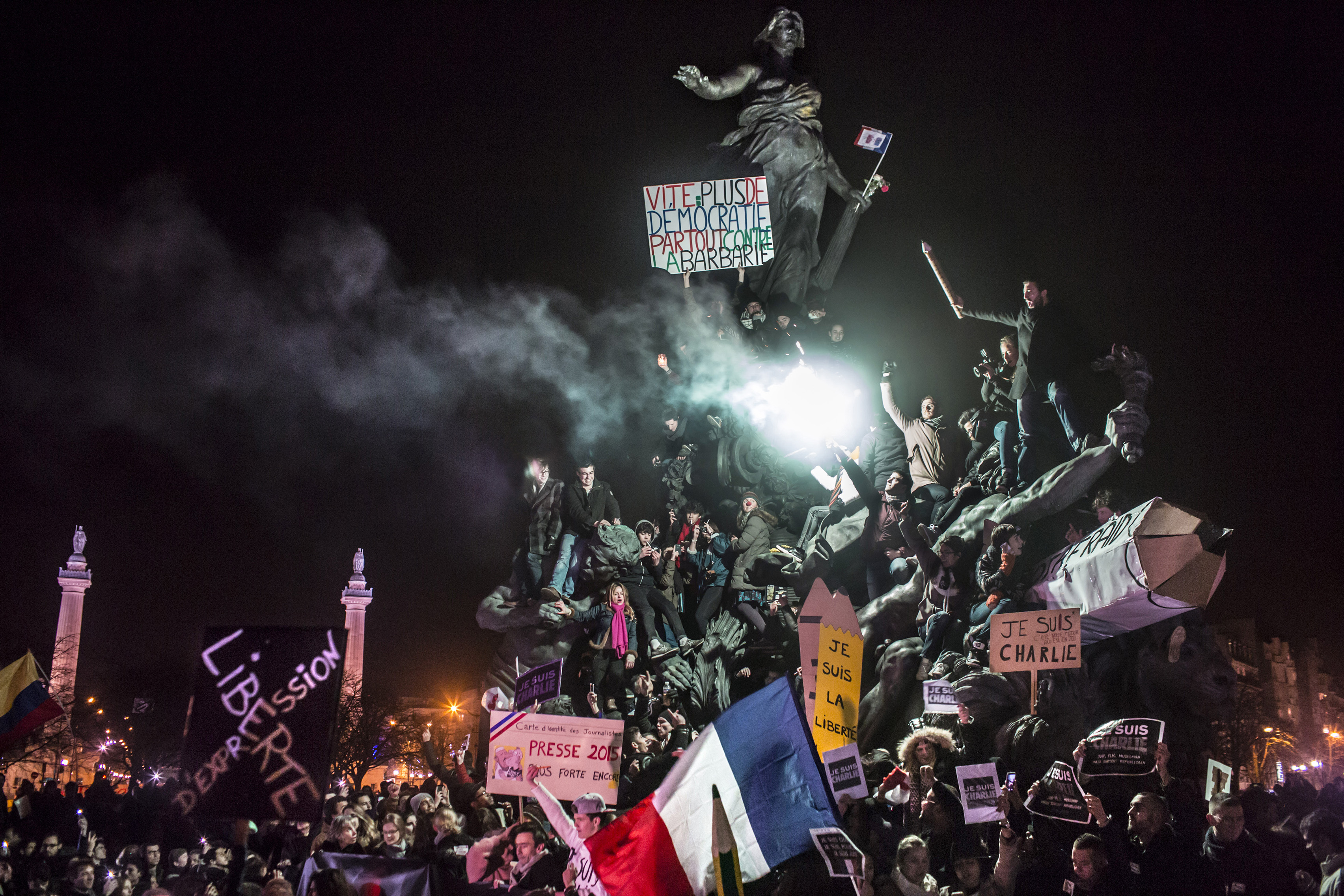Displaying the best photos of the year, the World Press Photo exhibit returns for its 11th edition
Open since August 31, the World Press Photo exhibition captures the most remarkable major events of 2015. The 11th edition of the exhibition displays photos of events such as the November Paris terrorist attacks and the devastating earthquake in Nepal.
The exhibition of award-winning photos is showcased across 100 cities in 45 countries reaching a global audience of four million people each year, according to the World Press Photo website.
“The Montreal edition is one of the most popular amongst the hundred presented around the world,” said Matthieu Rytz, president of the Montreal event, during the media opening on August 30. “Our privileged relationship with our visitors speaks volumes about the Montreal community’s curiosity and level of involvement in the evolution of our societies.”
The image Hope for a New Life won the 2016 World Press Photo of the Year. The black and white photo of a Syrian man passing a baby through the sharp razor wire frontier between Serbia and Hungary was taken by Australian photographer Warren Richardson.“The jury chose this image for its simplicity, power and symbolism,” said Francis Kohn, Agence France-Presse (AFP) Photography Director and Jury President. “[AFP] believe[s] it contains almost all the components that define the refugee situation. At once somber and timeless, it defines reality classically, in the most noble terms. This photo speaks to us of anguish, vulnerability and hope.”
Like all images, it tells a story. It was taken at night, the only time the group of refugees could attempt the dangerous crossing into the next country—this is the story behind the blurriness of the photo, Kohn explained.“He couldn’t use the flash,” said Kohn. “He did what any professional would do. Indeed, technique is also adapting to the circumstances.” Kohn said the photograph was never sold or published. The full story of the man or the baby is not known, however, Kohn said Warren Richardson was still in contact with the group and had been informed that they had made it safely to Germany.

A picture that truly stopped me in my tracks was the image of a young girl, gripping the cold metal bars of a fence in a Serbian refugee camp, her face covered by a thin film of floating plastic, staring into space. Another child in the background stares unapologetically at the camera, at us, and then, we are confronted with the truth behind the gaze of both children. This photograph was taken by freelance Slovenian photojournalist Matic Zorman and won the first prize single in the people category. It made me think of a child playing and making the best of her situation. Over the course of their dangerous journey towards an uncertain future, they have seen, felt and experienced everlasting traumas. I was captured by this image, struggling to define it between comedy and tragedy. The story behind the image left me hoping for the family’s safe passage to a better home, but fearing that as news coverage of the refugee crisis decreased, so do the chances of a better life for these children.
The eight categories of the World Press Photo exhibition are spot news, general news, contemporary issues, daily life, nature, people, sports and long-term projects. Depending on the category, entries could be single shots or multi-image projects.
On the upper level of the venue four complementary exhibits reveal diverse stories, some of which have unique ties to our city. I am not from outer space tells the stories of newly-arrived Syrian families in Montreal, while In Search of Billions Lost, Oxfam-Québec addresses the issue of tax havens. Viewers can witness daily work of foreign correspondents, detailed by the ICI RDI – Quoi qu’il arrive. The Festival du Nouveau Cinéma’s Cartes blanches series supports six to eight film directors in the free expression of a topic of their choice.
Founded in 1955, World Press Photo is a non-profit organization with headquarters in Amsterdam. According to their website, the foundation is committed to developing and encouraging the highest standards in photojournalism and documentaries worldwide.
The World Press Photo exhibit will be showcased at Marché Bonsecours until Oct. 2, 2016. For more information visit their website.




